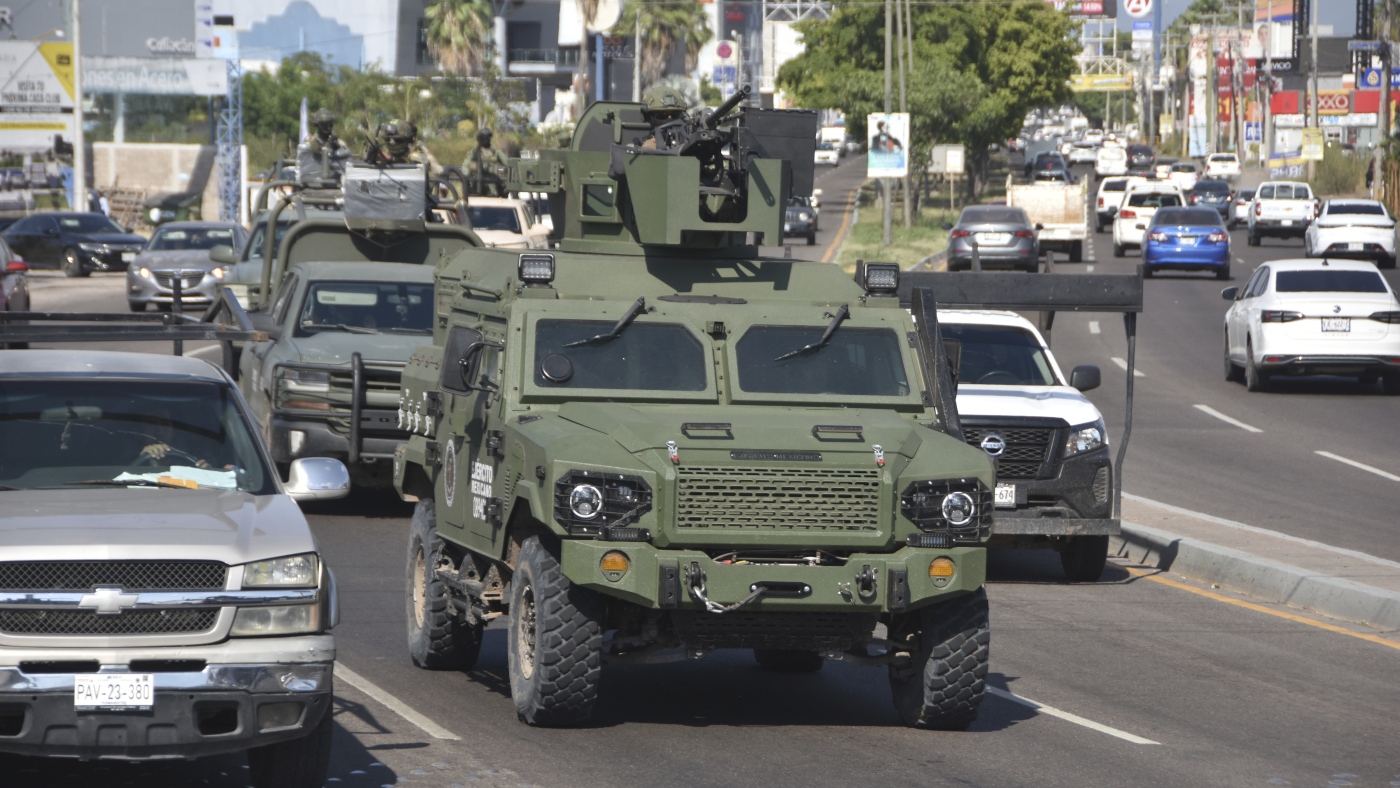The recent surge of violence in Sinaloa, Mexico, has thrust the state into the spotlight as a battleground for control within the fractured Sinaloa Cartel. The brutal killings of approximately 20 individuals in a single day, including four decapitated bodies displayed on a bridge in Culiacán, underscore the intensity of the ongoing cartel wars. This escalation is not an isolated incident but a symptom of deeper issues plaguing Mexico’s drug trafficking landscape. Understanding the context, dynamics, and implications of this violence is crucial for addressing the broader challenges it presents.
The Sinaloa Cartel: A Legacy of Power and Chaos
The Sinaloa Cartel, once led by the infamous Joaquín “El Chapo” Guzmán, has long been a dominant force in global drug trafficking. Its influence extends across multiple continents, with a particular focus on smuggling narcotics, including fentanyl and methamphetamines, into the United States. However, the cartel’s power structure has been destabilized since El Chapo’s arrest and extradition. This leadership vacuum has sparked intense internal conflicts, as rival factions vie for control over lucrative territories and trafficking routes.
The recent violence in Sinaloa is a direct result of these power struggles. The public display of decapitated bodies serves as a grim reminder of the cartel’s ruthlessness and its determination to assert dominance. Such acts of brutality are not only intended to intimidate rival factions but also to send a message to the local population and authorities about the cartel’s unyielding control. The escalation of violence in Culiacán, once considered a relatively stable city, highlights the growing instability in the region.
The Immediate Impact: A City in Crisis
The recent surge of violence in Culiacán has left the city reeling. The discovery of four decapitated bodies hanging from a bridge sent shockwaves through the community, underscoring the severity of the conflict. Authorities reported a total of 20 deaths linked to this surge, a staggering figure that underscores the intensity of the violence. The rapid succession of killings and public displays of brutality has disrupted daily life, instilling fear and uncertainty among residents.
The humanitarian impact of this violence cannot be overstated. Families and communities are left to grapple with the trauma of loss, displacement, and the erosion of social cohesion. The economic consequences are equally severe, as fear and insecurity hinder business operations, deter investment, and challenge local governance. The city’s reputation as a relatively safe haven has been tarnished, raising concerns among both citizens and policymakers.
Root Causes: Beyond Rivalry
The surge in violence in Sinaloa is driven by a complex interplay of factors that extend beyond mere territorial disputes. At the heart of the conflict is a leadership vacuum created by the arrest and imprisonment of key cartel figures. This power struggle has intensified as factions compete for control over lucrative drug routes and the vast profits they generate. The economic incentives at play are immense, with the demand for narcotics in the United States fueling the cartel’s revenue streams.
However, the violence is also exacerbated by the weak state response to cartel activities. Law enforcement efforts are often compromised by corruption, inadequate resources, and the overwhelming power wielded by cartels. This lack of effective governance creates an environment where criminal organizations can operate with impunity, further entrenching their influence. Additionally, social vulnerabilities, such as poverty and lack of opportunities, make communities more susceptible to cartel recruitment and control.
Consequences and Challenges
The consequences of the surge in violence in Sinaloa are far-reaching. The humanitarian crisis resulting from the loss of life and displacement of families has profound social and psychological impacts. The economic disruption caused by the violence undermines local economies and deters investment, further exacerbating the cycle of poverty and instability. The security dilemma posed by the cartels challenges the ability of law enforcement to maintain order and protect citizens.
Addressing these challenges requires a multifaceted approach that goes beyond traditional security measures. Entrenched criminal networks, corruption, and social vulnerabilities all contribute to the persistence of violence. Without comprehensive reforms that address these root causes, the cycle of violence is likely to continue. International cooperation is also crucial, as the demand for drugs in the United States and other countries fuels the cartel’s activities.
Pathways Forward: A Comprehensive Strategy
To effectively address the surge in violence in Sinaloa, a comprehensive strategy is needed. Enhancing the integrity and capacity of law enforcement agencies is a critical first step. Reforming the police, judiciary, and military forces to operate with professionalism and accountability can help restore public trust and weaken cartel influence. Community engagement is equally important, as empowering local populations through social programs can provide alternatives to cartel recruitment.
Economic development is another key component of a comprehensive strategy. Creating legitimate economic opportunities can reduce dependence on illicit economies and provide a pathway out of poverty for vulnerable communities. Regional and international cooperation is also essential, as coordinated actions can disrupt trafficking networks and reduce drug demand. Intelligence-driven operations that target cartel leadership and financing streams can further weaken their operational capabilities.
Conclusion: The Path to Peace
The recent surge of violence in Sinaloa serves as a stark reminder of the devastating impact of cartel wars on communities and the broader society. The brutal killings and public displays of brutality underscore the need for a comprehensive approach to addressing the root causes of this violence. Confronting the challenges posed by the Sinaloa Cartel requires more than reactive security measures; it demands a nuanced understanding of the political, social, and economic dynamics that sustain cartel power.
Only through a well-rounded strategy that prioritizes justice, development, and community resilience can Sinaloa hope to stem the tide of violence and restore a sense of peace and normalcy to its people. The cost of failure is measured not just in bodies but in lost hope and fractured futures. The path to peace in Sinaloa is long and arduous, but it is a journey that must be undertaken with determination and resolve.











